Gun License Guide: Steps to Legally Arm Yourself
Thinking about obtaining a gun license in Canada? It’s important to understand the necessary steps and requirements to ensure you navigate the firearms license process legally and smoothly. In this guide, I’ll provide you with the essential information you need to know to acquire a gun license in Canada.
Key Takeaways:
- Obtaining a gun license in Canada requires following specific steps and meeting eligibility requirements.
- Canadian gun laws govern the ownership, possession, and use of firearms in the country.
- Self-defense laws in Canada emphasize the use of reasonable force and the duty to retreat.
- To obtain a gun license, individuals must complete the Canadian Firearms Safety Course (CFSC) and submit an application to the RCMP.
- Alternative self-defense options include non-firearm tools, such as pepper spray and personal alarms, as well as martial arts and self-defense training.
Understanding Canadian Gun Laws
Canadian gun laws play an important role in governing the ownership, possession, and use of firearms in Canada. To legally own firearms in this country, individuals must obtain a Possession and Acquisition License (PAL) issued by the government. There are two main types of licenses: Possession Only License (POL) and Possession and Acquisition License (PAL).
All firearms in Canada must be registered through the Canadian Firearms Program (CFP). This registration process helps ensure accountability and traceability of firearms. By registering their firearms, owners contribute to public safety efforts and support law enforcement agencies in maintaining control over the possession and use of firearms.
Firearms in Canada are categorized into three main categories: non-restricted, restricted, and prohibited. Non-restricted firearms include rifles and shotguns that are considered safe for use with relatively low potential risk to public safety. Restricted firearms encompass handguns and certain semi-automatic rifles that require additional licensing and authorization for possession and use. Prohibited firearms include fully automatic weapons, handguns with a barrel length of less than 105 mm, and firearms deemed unsafe for civilian use.
In addition to the different categories of firearms, Canadian gun laws also prohibit certain individuals from owning firearms. Individuals with a history of violent crimes, individuals currently subject to certain court orders, and those with a history of mental illness are considered prohibited persons. These restrictions are in place to prioritize public safety and prevent firearms from falling into the wrong hands.
Understanding Canadian gun laws is vital for anyone seeking to legally acquire, possess, and use firearms in Canada. It is important to stay updated on any changes or updates to these laws to ensure compliance and responsibility as a firearm owner.
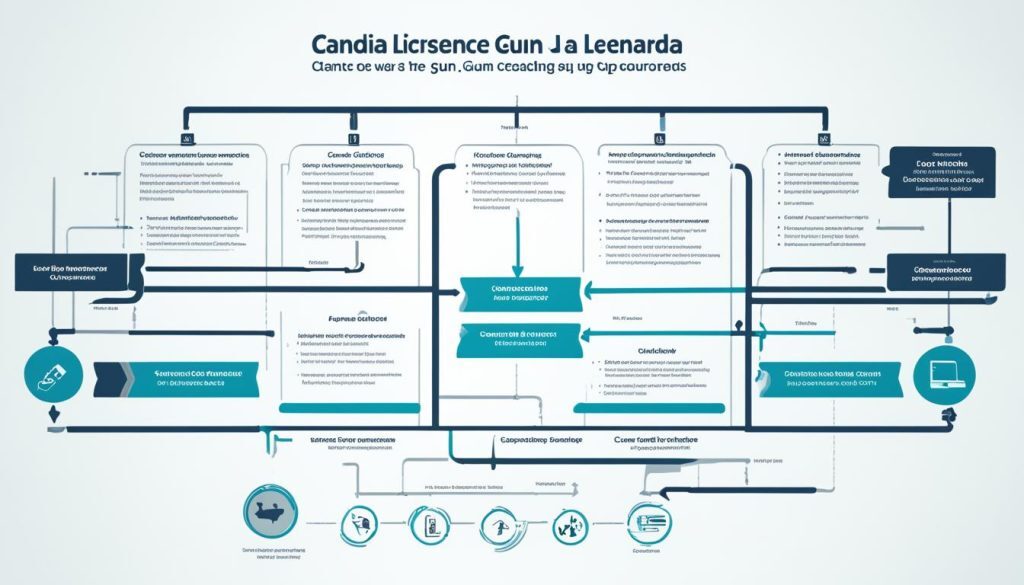
Self-Defense Laws in Canada
When it comes to self-defense, Canada has clear laws in place that prioritize public safety while recognizing the right of individuals to protect themselves and others from harm. Understanding the self-defense laws is crucial to ensure that one acts within the boundaries of the law when faced with a threatening situation.
Reasonable force to defend: In Canadian law, the use of force in self-defense is considered justifiable if it is reasonable and necessary to protect oneself or others from death or serious bodily harm. This means that individuals should carefully assess the level of threat they are facing and respond accordingly, using force only to the extent necessary to neutralize the threat.
Duty to retreat: Canadian law places an emphasis on the duty to retreat, which means that individuals must first attempt to de-escalate or withdraw from a situation before resorting to using force. This duty acknowledges the importance of peaceful resolution and the promotion of public safety by encouraging individuals to avoid violence whenever possible.
Use of firearms for self-defense: The use of firearms for self-defense is strictly regulated in Canada. While individuals have the right to protect themselves, the use of firearms is only permitted in specific circumstances where there is an imminent threat to life. The possession and use of firearms for self-defense should always comply with applicable laws and regulations to ensure the safety of oneself and others.
In summary, self-defense laws in Canada strike a balance between ensuring public safety and upholding individuals’ right to protect themselves. By understanding these laws and acting responsibly within their boundaries, individuals can effectively defend themselves while also respecting the principles of the Canadian legal system.
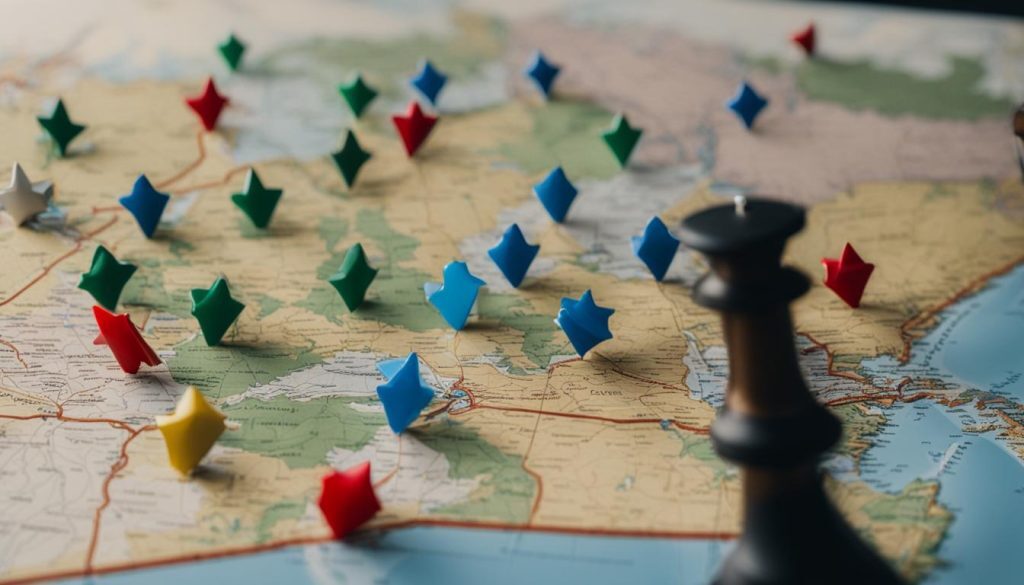
References:
- Department of Justice Canada – Self-Defense and Defense of Property
- Royal Canadian Mounted Police – Firearms
- Government of Canada – Improving the Amendments to Firearms Legislation
Obtaining a Gun License in Canada
Obtaining a gun license in Canada involves several crucial steps to ensure the safety and responsible ownership of firearms. To begin the process, individuals must complete the Canadian Firearms Safety Course (CFSC). This course provides comprehensive training on handling firearms, emphasizing safety protocols and responsible usage.
Once the CFSC is successfully completed, individuals can proceed with the application process for a Possession and Acquisition License (PAL) through the Royal Canadian Mounted Police (RCMP). This license allows individuals to possess and acquire firearms for various purposes, including sport shooting and personal protection.
The application process requires providing personal information, identification documents, and references. It’s essential to submit accurate and up-to-date information to expedite the review process. The RCMP will assess the application based on eligibility requirements and conduct background checks to ensure applicants meet the necessary criteria.
If the application is approved, individuals will receive their gun license in the mail. It’s important to note that the processing time may vary, so patience is key during this stage. Once the license is obtained, it is crucial to understand and adhere to the responsibilities and obligations that come with gun ownership.
Eligibility Requirements for a Gun License
- Be at least 18 years old for non-restricted firearms and 19 years old for restricted firearms.
- Be a Canadian citizen or have legal status in Canada.
- Have no history of criminal offenses, domestic violence, or mental illness that may pose a risk to public safety.
- Not be subject to a court order, probation, or restraining order that restricts firearm ownership.
The Application Process
The application process for a gun license involves the following steps:
- Complete the Canadian Firearms Safety Course (CFSC).
- Gather the necessary documents, including identification and references.
- Submit the application to the Royal Canadian Mounted Police (RCMP) with the required fees.
- Undergo a background check and review of the application.
- Wait for the approval and issuance of the gun license.
It’s important to be patient throughout the application process, as the review period may vary depending on factors such as the volume of applications and any additional inquiries by the RCMP.
| Eligibility Requirements | Application Process |
|---|---|
|
|
Alternative Self-Defense Options in Canada
While firearms are highly regulated in Canada and not easily accessible for self-defense purposes, there are alternative self-defense options that individuals can consider. In this section, we will explore various non-firearm self-defense options, legal knives and tools, as well as the benefits of martial arts and self-defense training.
Non-Firearm Self-Defense Options
When it comes to self-defense weapons in Canada, non-firearm options are widely available and legal to possess for personal protection. Some popular non-firearm self-defense options include:
- Pepper spray: A portable and effective tool for temporarily disabling an attacker.
- Tactical flashlights: Provide a bright beam of light that can disorient and distract an assailant.
- Personal alarms: Loud noise-emitting devices that can attract attention and deter potential threats.
- Tasers (in certain provinces): Electric shock devices used to incapacitate attackers.
- Bear spray: A potent form of pepper spray specifically designed to deter bear encounters.
These non-firearm self-defense options can provide individuals with a means to protect themselves in threatening situations.
Legal Knives and Tools
In addition to non-firearm options, there are legal knives and tools that can be used for self-defense purposes in Canada. However, it’s important to note that the possession and use of these items must adhere to self-defense guidelines outlined by Canadian law. Examples of legal knives and tools for self-defense include:
- Folding knives with a blade length within legal limits.
- Tactical pens: Designed to be used as a writing instrument but can also function as a self-defense tool.
- Personal safety alarms with built-in hidden blades.
- Keychain self-defense tools: Compact devices that can deliver a powerful strike.
Before considering these options, it’s crucial to familiarize yourself with local laws and regulations regarding the possession and use of self-defense tools.
Martial Arts and Self-Defense Training
Martial arts and self-defense training can equip individuals with the skills and confidence needed to protect themselves effectively. By learning specific techniques and strategies, individuals can develop practical self-defense skills to handle threatening situations.
Training in martial arts disciplines such as Krav Maga, Brazilian Jiu-Jitsu, or Muay Thai can offer valuable self-defense techniques and improve overall fitness and self-confidence. Many martial arts schools offer specialized self-defense training programs that cater to individuals seeking practical self-defense skills without the need for firearms.
Remember, self-defense training is not just about physical techniques but also about situational awareness, conflict de-escalation, and understanding the legal aspects of self-defense.
| Non-Firearm Self-Defense Options | Legal Knives and Tools | Martial Arts and Self-Defense Training |
|---|---|---|
|
|
|
The Cost of Getting a Gun License in Canada
Obtaining a gun license in Canada incurs certain costs. To legally possess and acquire firearms, individuals are required to complete the Canadian Firearms Safety Course (CFSC), which typically has associated fees that vary depending on the provider. These fees cover the cost of course materials and instruction, ensuring that applicants receive comprehensive training on firearms safety.
In addition to the CFSC fees, there is an application fee for the Possession and Acquisition License (PAL) when submitting the license application to the Royal Canadian Mounted Police (RCMP). This fee covers the administrative costs involved in processing the application and conducting background checks to determine the applicant’s eligibility for a gun license.
It’s important to note that gun licenses in Canada are typically valid for five years. Therefore, there may be renewal fees applicable every five years to maintain a valid license. However, certain renewals may qualify for fee waivers based on specific circumstances.
| Cost Components | Estimated Fees |
|---|---|
| Canadian Firearms Safety Course (CFSC) fees | Varies depending on the provider |
| Application fee for Possession and Acquisition License (PAL) | Set fee determined by the RCMP |
| Renewal fees | Varies; may be waived for certain renewals |
Conclusion
Obtaining a gun license in Canada for self-defense purposes may be challenging due to strict regulations and requirements. However, it’s essential to remember that there are alternative self-defense options available within the boundaries of the law. By understanding Canadian gun laws, completing the necessary safety training, and adhering to legal requirements, individuals can protect themselves and their loved ones.
While firearms may not be easily accessible for self-defense purposes, there are non-firearm options to consider. Pepper spray, tactical flashlights, personal alarms, tasers (in certain provinces), and bear spray are all viable choices. Legal knives and tools for self-defense are also options, provided they meet the required guidelines. Additionally, martial arts and self-defense training can equip individuals with valuable skills to defend themselves effectively.
It’s crucial to weigh all the provided information and make an informed decision about self-defense in Canada. By considering the availability of alternative options and understanding the legal requirements, individuals can responsibly protect themselves in accordance with Canadian law.
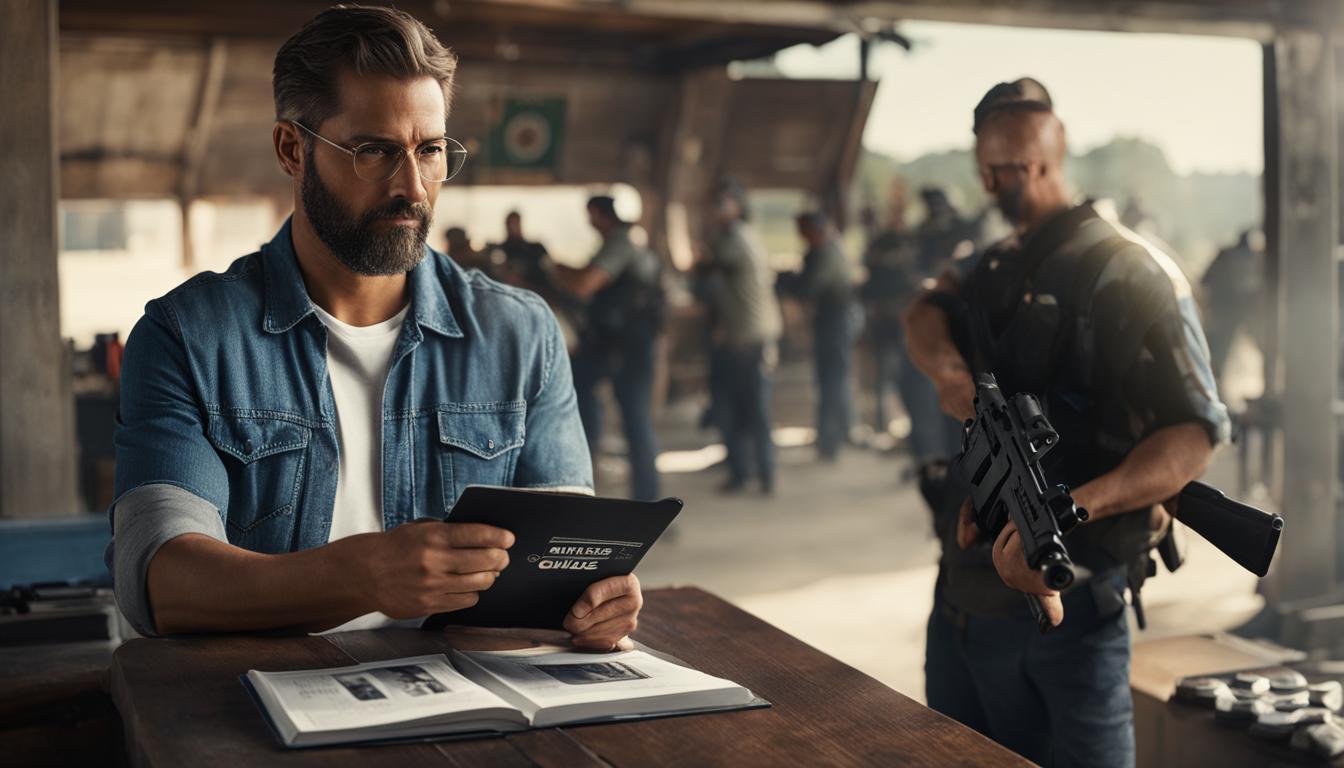


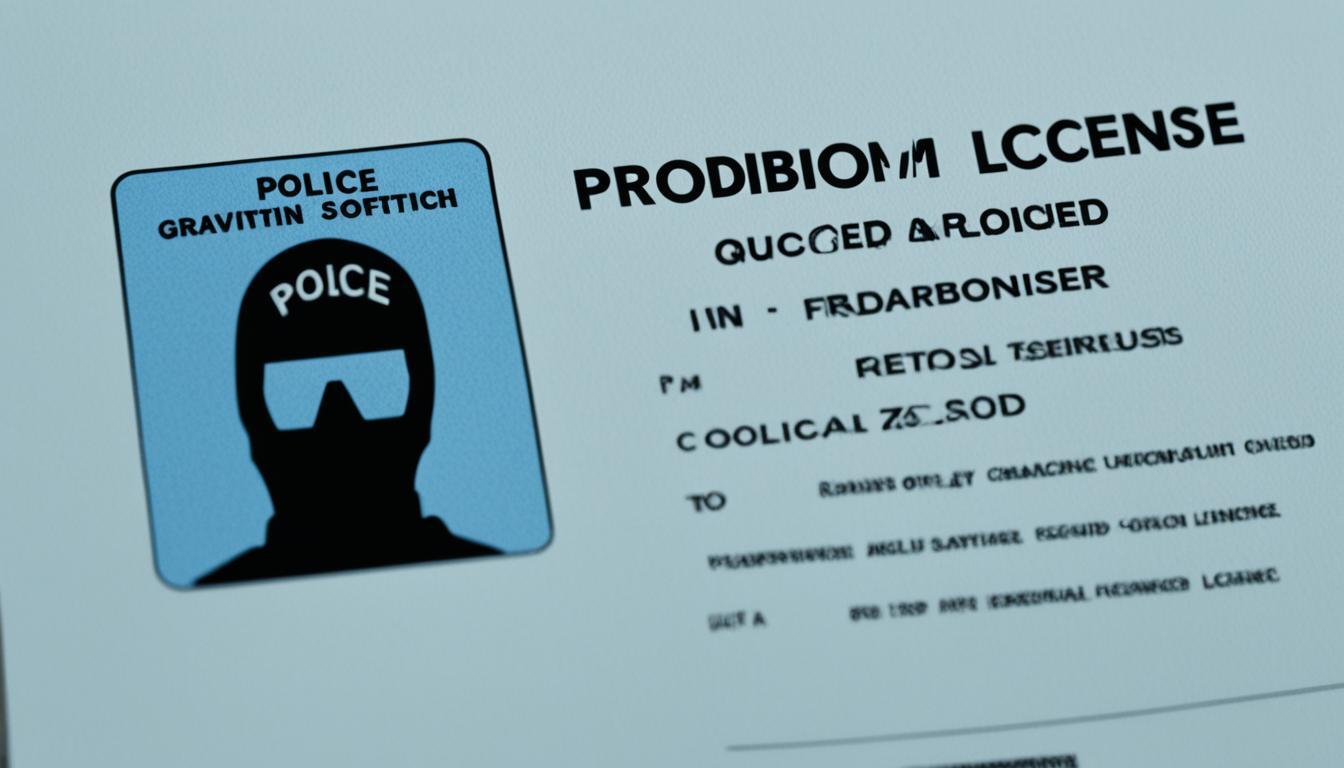



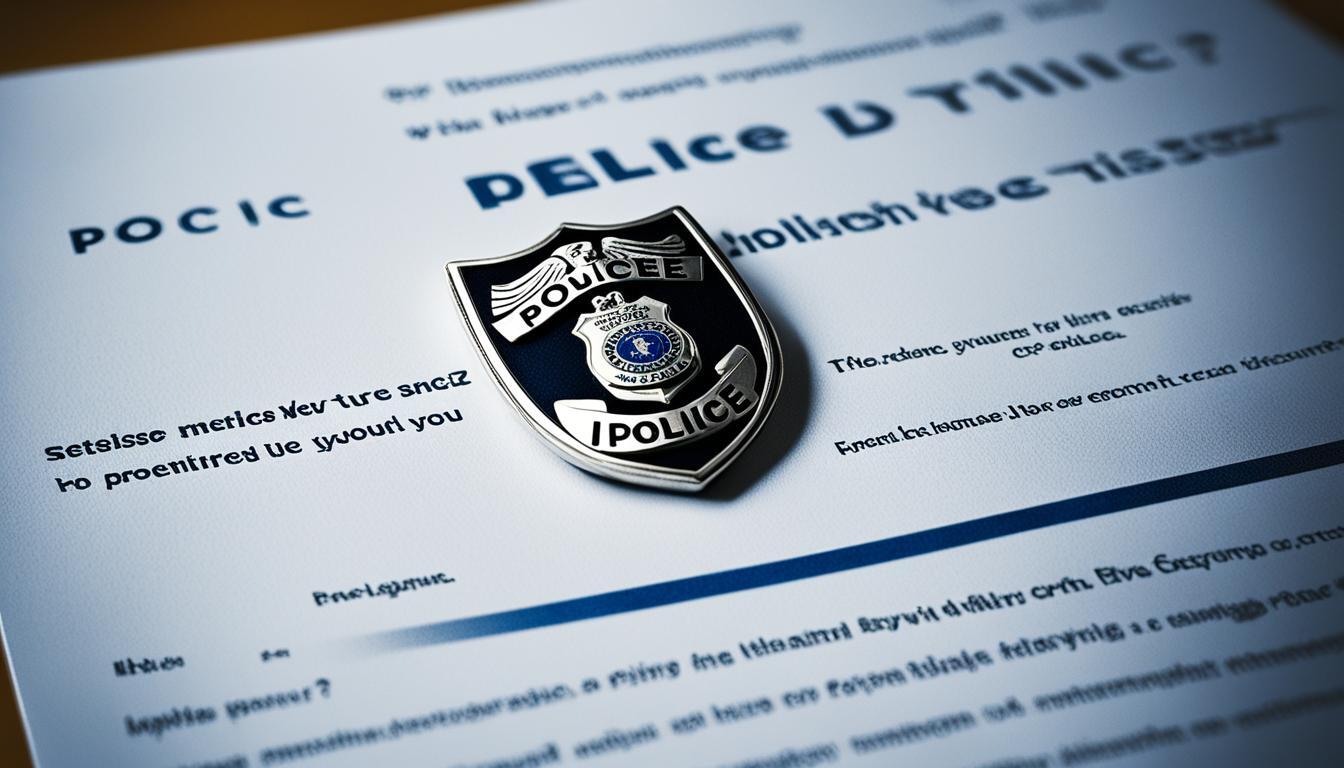

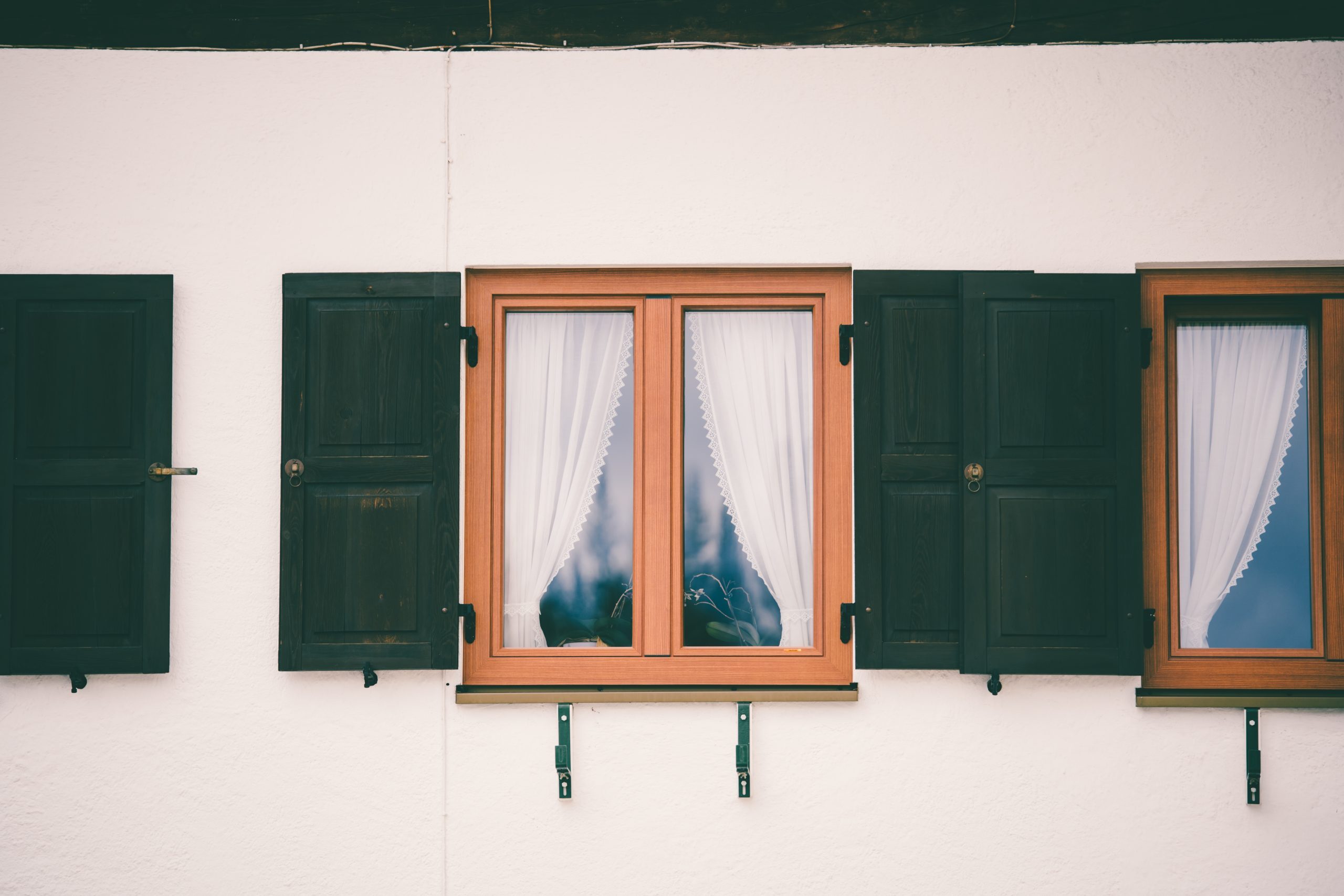
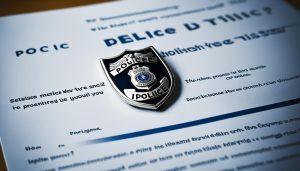






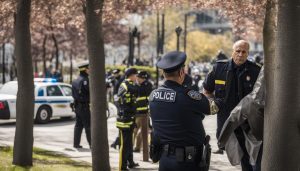
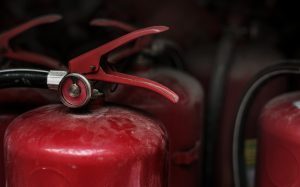

Post Comment Cancel reply